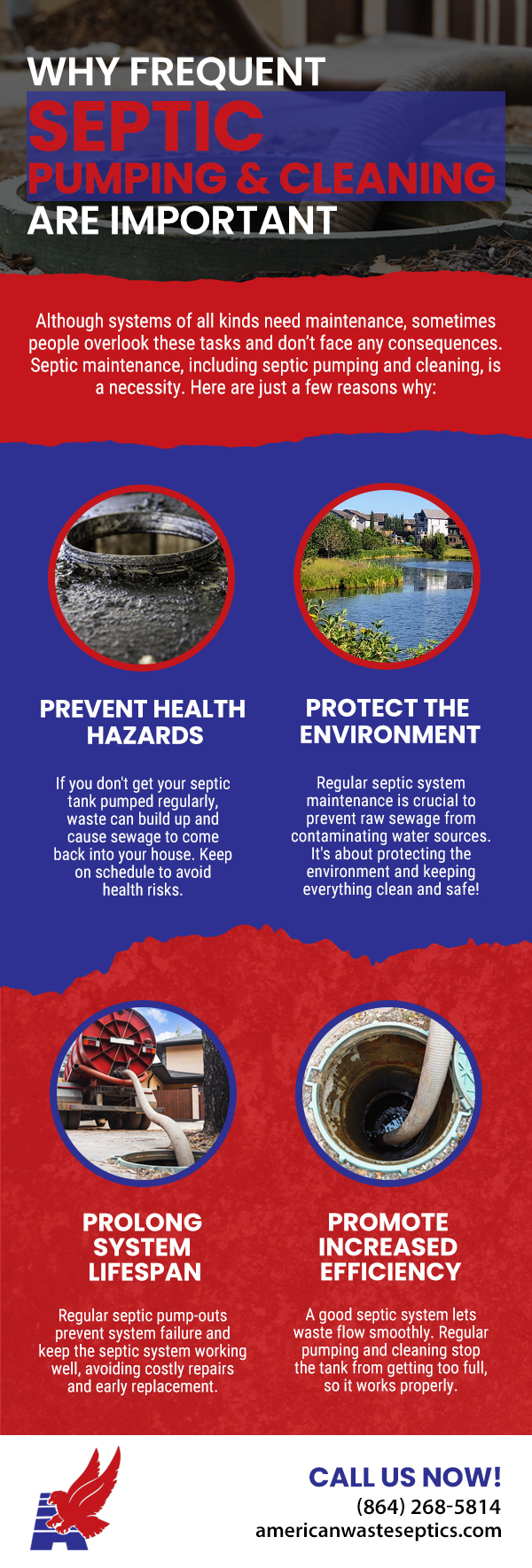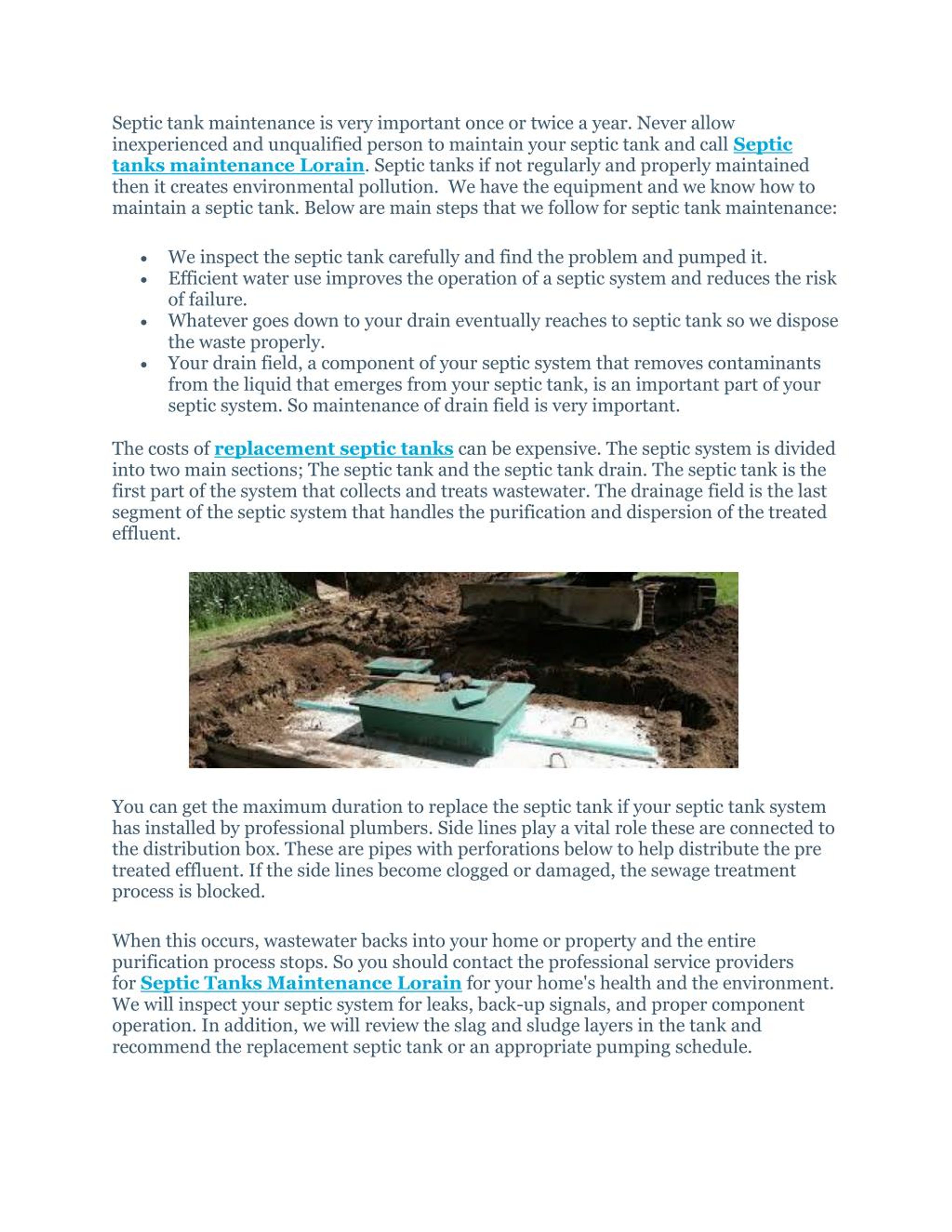Some Known Details About Stillwell Septic And Grading
Some Known Details About Stillwell Septic And Grading
Blog Article
Getting My Stillwell Septic And Grading To Work
Table of ContentsHow Stillwell Septic And Grading can Save You Time, Stress, and Money.Stillwell Septic And Grading Fundamentals ExplainedThe smart Trick of Stillwell Septic And Grading That Nobody is DiscussingThe 5-Second Trick For Stillwell Septic And GradingEverything about Stillwell Septic And GradingThe Ultimate Guide To Stillwell Septic And Grading
A leaky toilet can lose hundreds of gallons of water a day. Take bathrooms with a partially-filled tub and do not leave the faucet running when doing various other tasks. Laundry only complete loads of recipes and laundry.
A Biased View of Stillwell Septic And Grading
Stay clear of shedding heaps of leaves or branches over the drainfield, as the heat could damage the plastic pipelines listed below. Limit the addition of topsoil or compost to no greater than a couple of inches over the drainfield. Septic Inspection. A great guideline for landscaping over drainfields is to use shallow-rooted plants that do not need extra topsoil to flourish
Turfs, mixed wildflowers, and ground covers with superficial origins are great choices. Plant trees and hedges at least 30 feet away from your septic tank and drainfield to maintain roots from obtaining into and breaking or blocking the drainfield pipelines.
To find out more please visit the Landscaping Your Drainfield web page. A septic system failure triggers unattended sewage to be launched and transported to where it should not be. This may trigger sewer ahead to the surface area of the ground around the tank or the drainfield or to back up in pipes in the building.
Indicators on Stillwell Septic And Grading You Should Know
For the most part, the individual that drops in ventures out without major injury. A child's heartbreaking fatality is a reminder to examine your septic system for damaged or missing out on covers. https://stillwellsag.start.page. Proprietors of septic systems are accountable for making sure the systems are safe and function correctly, consisting of having a protected lid on the tanks
Regularly check the problem of the lids for risks or problems. Keep the covers secure by fixing or replacing all harmed or missing out on components. Use screws, screws, or other locks to safeguard the lids and prevent easy gain access to. Never drive or park cars on top of septic systems- it can harm or remove the cover.
All About Stillwell Septic And Grading
Make sure the covers are secured after working on your septic system. Instruct children that the septic storage tank lids are not to be played on or opened up.
Keeping in mind the degrees will assist determine if there is a potential issue with the system. After that, the container will certainly be entirely pumped down, eliminating all of the liquid and strong waste. Once the tank is completely pumped, the inlet and outlet tees of the will be evaluated to guarantee they are still undamaged and functioning correctly
What Does Stillwell Septic And Grading Do?
If you are home at the time of service (completely not needed if that's not your thing) you might be asked to purge your toilets to ensure every little thing is flowing properly. Once the solution is complete, the septic system will be covered as it was when we got here! Professionals recommend having your system pumped every 3 to 5 years however a number of factors must be thought about when making a decision how commonly your septic system needs to be serviced.

If you are experiencing odors in your house, give us a phone call. This could be a sign of an upcoming septic back up! Perhaps. If your septic has not been serviced in more than 6 months, we would desire to service the septic. If the trouble continues, a drain cleaner will then be sent to get rid of the line to the septic container.
Stillwell Septic And Grading - Questions

If the ponding is focused over the leach area that could indicate a leach line is obstructed with Bio-Mat and requires to be fixed or changed. Many septic containers have 2 to 3 covers; one over the inlet side of the septic system (where the water from your home goes into the storage tank), one in the facility of the tank, and one on the outlet side of the storage tank (where the fluid read this from the container leaves to your leach field).
Chopped up food bits do not break down in the septic storage tank and can make their escape into your leach field lines triggering clogs. Trash disposals, even those marked septic safe, are not taken into consideration advantageous for your septic system. Correct working degree is where the water level in your container fulfills the electrical outlet tee of the storage tank.
Report this page